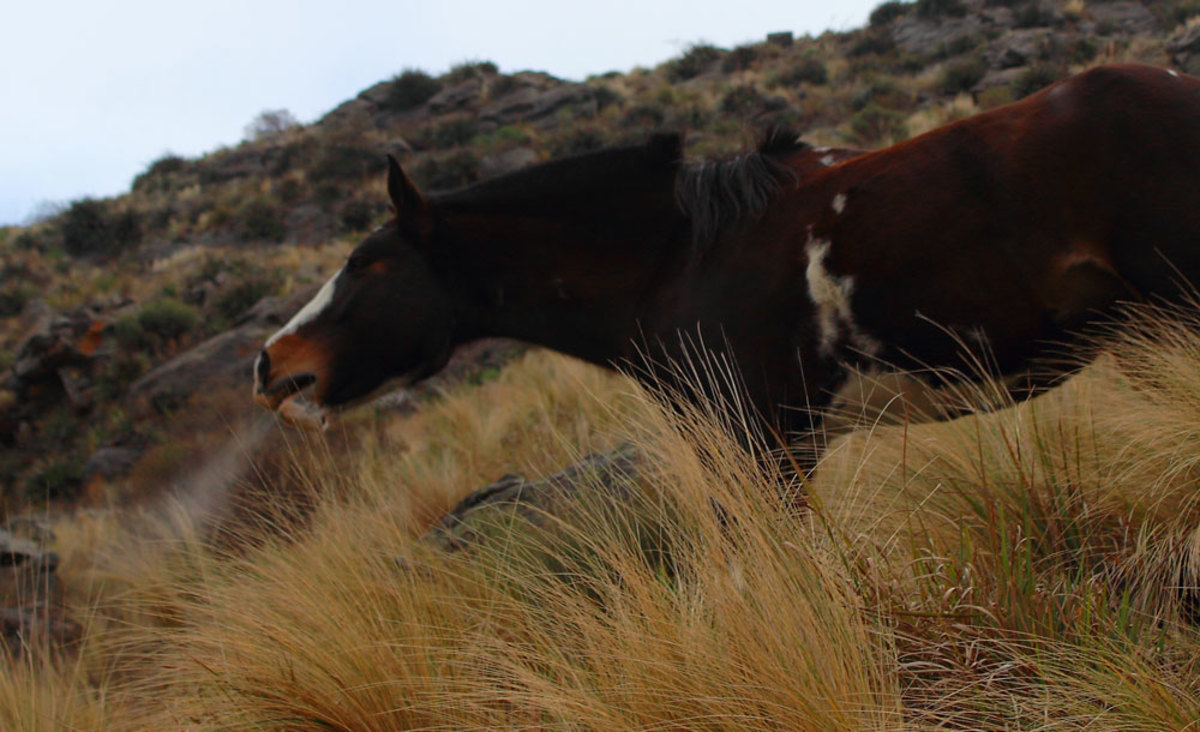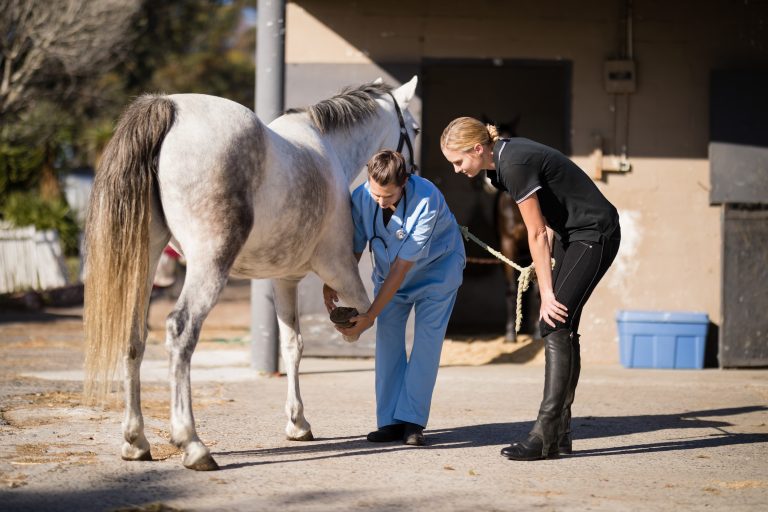
This observational study investigated equine influenza (EI) outbreaks at four Thoroughbred racing yards in Ireland over a 4-week period between December 2014 and January 2015.
The research was titled, “Annual booster vaccination and the risk of equine influenza to Thoroughbred racehorses” and was authored by Gildea, S.; Lyons, P.; Lyons, R.; Gahan, J.; Garvey, M.; and Cullinane, A.
Repeat sampling (nasopharyngeal swabs and clotted blood samples) of all horses on affected premises was performed on a weekly basis until all horses tested negative for EI by RT-PCR. Antibodies were measured against the Irish Florida sublineage clade 2 which demonstrates 100% HA nucleotide identity to the Florida clade 2 OIE recommended vaccine strain A/eq/Richmond/1/07.
Samples were collected from 118 horses over four affected premises. Forty-five horses (38.1%) developed clinical signs, 28 of which (62.2%) tested positive by RT-PCR. Eighty horses (67.8%) were up to date with their vaccinations, of which 27 (33.8%) developed clinical signs. Eighteen of the 27 horses (66.7%) that developed clinical signs had not received a booster vaccination within the previous 6 months, and 10 (37%) were due their annual booster vaccination at the time of developing clinical signs. The first documented cases on all premises (i.e., the index cases) were vaccinated in accordance with Turf Club rules. Vaccine breakdown (morbidity when vaccinated in accordance with the Turf Club rules) was observed in 27/80 horses (33.8%) with an up-to-date vaccination record.
Failure to implement appropriate biosecurity measures following the introduction of new horses and the return of horses from events contributed to disease spread, as did the movement of horses within premises. Mixing of racing and non-racing populations with inadequate vaccination histories also facilitated disease spread.
Bottom line: Annual booster vaccination should not be relied on as the sole preventative measure against EI.
To access this article visit the Wiley Online Library.








